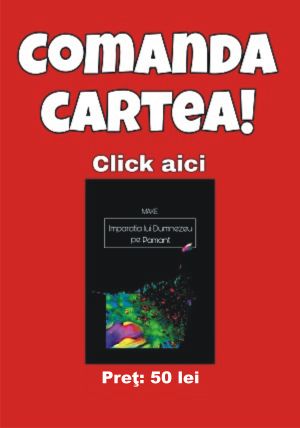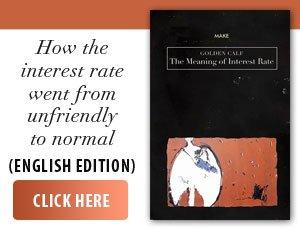Flu continues to affect the global population annually, generating unpredictable mutations that challenge the effectiveness of existing vaccines and treatments. In the United States, the cost of seasonal flu reaches approximately $87 billion per year, and pandemics, such as the 2009 swine flu, have generated even greater losses. Estimates for future health crises indicate a financial impact of up to $4.4 trillion. In addition to seasonal forms, bird flu outbreaks remain a serious problem, affecting the poultry industry and raising fears of transmission to humans. A recent incident in the US led to the slaughter of 40 million birds and billions of dollars in losses.
• Limitations of Current Treatments
Most current flu drugs target a viral protein that mutates rapidly. This adaptability of the virus makes treatments less effective, especially in the case of resistant strains, such as some forms of bird and swine flu.
• Breakthrough discovery in Israel
Researchers at the Hebrew University of Jerusalem have developed an experimental drug that combines two substances - theobromine, a natural compound found in cocoa, and arainosin, a synthetic compound with antiviral effects. The study, published in the journal PNAS, showed that the new treatment is more effective than established antivirals, such as oseltamivir (Tamiflu), both in the laboratory and in animal models.
Theobromine, known as the "food of the gods” in ancient Greek, is a natural stimulant, while arainosin blocks the mechanisms by which cells repair themselves. Together, they target ion channels essential for the life of the virus. The lack of functioning of these channels prevents the virus from multiplying and surviving.
• Potential beyond flu
The method could also be applicable against other viruses, including coronaviruses, which depend on the same ion channels. According to the study's coordinator, Professor Isaiah Arkin, it represents "a new way to attack viruses" and could be an important step in preparing for future pandemics.
The substances were selected from a library of repurposed compounds, originally created for other diseases. Clinical trials on humans are coming, but the preliminary results offer hope not only for a more effective anti-flu treatment, but also for new strategies in the global fight against viral diseases.
















































